The Ultimate Guide To Companion Planting With Green Beans
The Ultimate Guide to Companion Planting with Green Beans
Green beans are a delicious and versatile vegetable that can be enjoyed in a variety of ways. They are also relatively easy to grow, making them a great option for home gardeners.
One way to improve the growth and yield of your green beans is to practice companion planting. Companion planting is the practice of planting certain types of plants together in order to benefit each other. There are many different companion plants that can be beneficial for green beans, but some of the best include:
- Basil: Basil is a great companion plant for green beans because it helps to repel pests, such as aphids and spider mites. It also enhances the flavor of the beans.
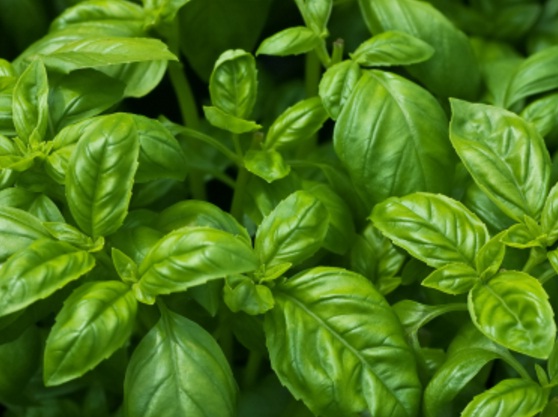
- Cucumbers: Cucumbers and green beans are both members of the cucurbit family, and they benefit from being planted together. The cucumbers help to shade the ground, which helps to keep the soil moist and cool. This is beneficial for the green beans, as they prefer warm, but not hot, conditions.
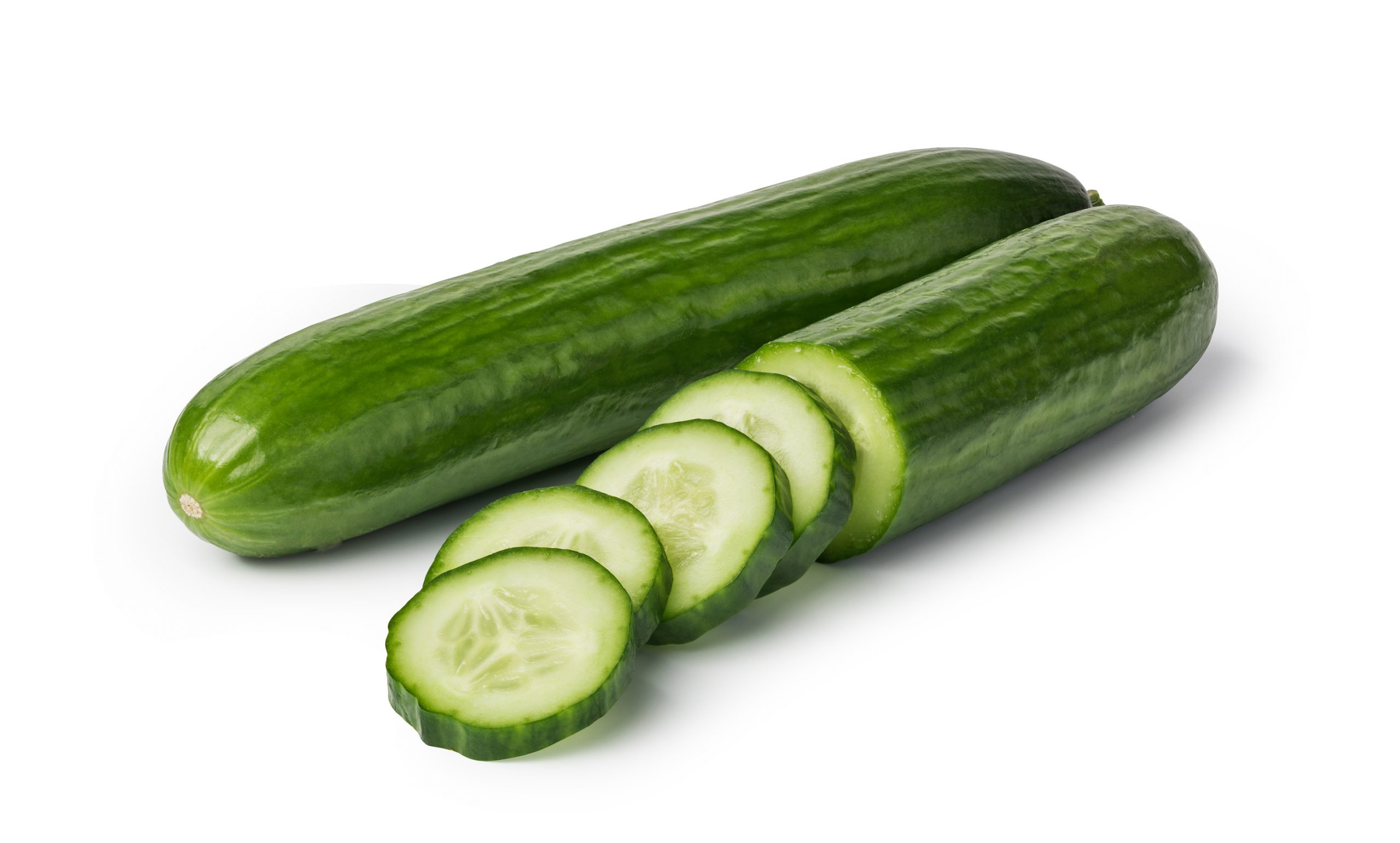
- Carrots: Carrots and green beans are both root vegetables, and they benefit from being planted together. The carrots help to break up the soil, which makes it easier for the green beans to root. The green beans also help to deter pests from the carrots.
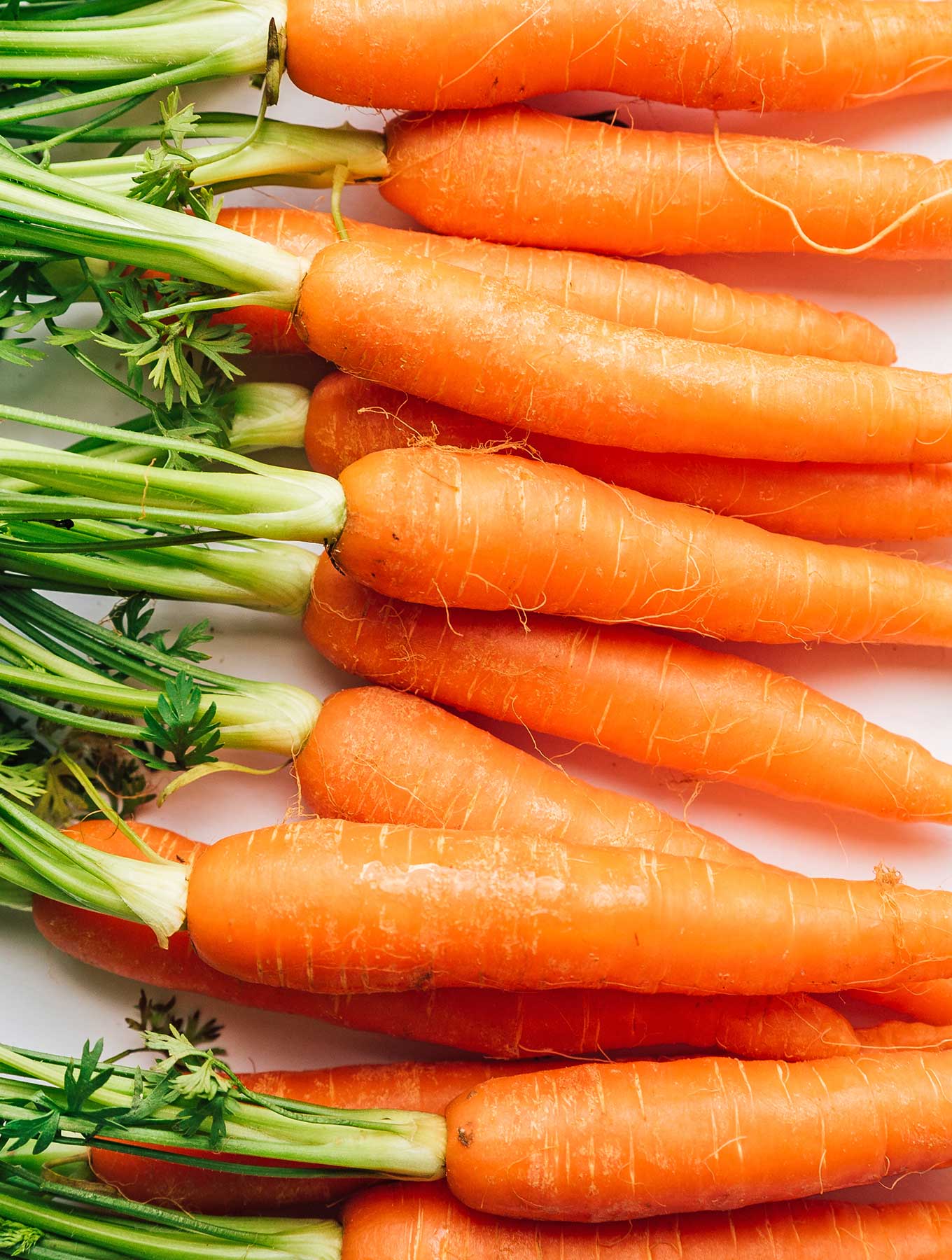
- Celery: Celery and green beans are both nitrogen-fixing plants, which means that they can help to improve the nitrogen content of the soil. This is beneficial for both plants.
- Corn: Corn, beans, and squash are often planted together in a traditional Native American method called the Three Sisters. The corn provides a trellis for the beans to climb, the beans fix nitrogen in the soil for the corn and squash, and the squash shades the ground, which helps to keep the soil moist and cool.
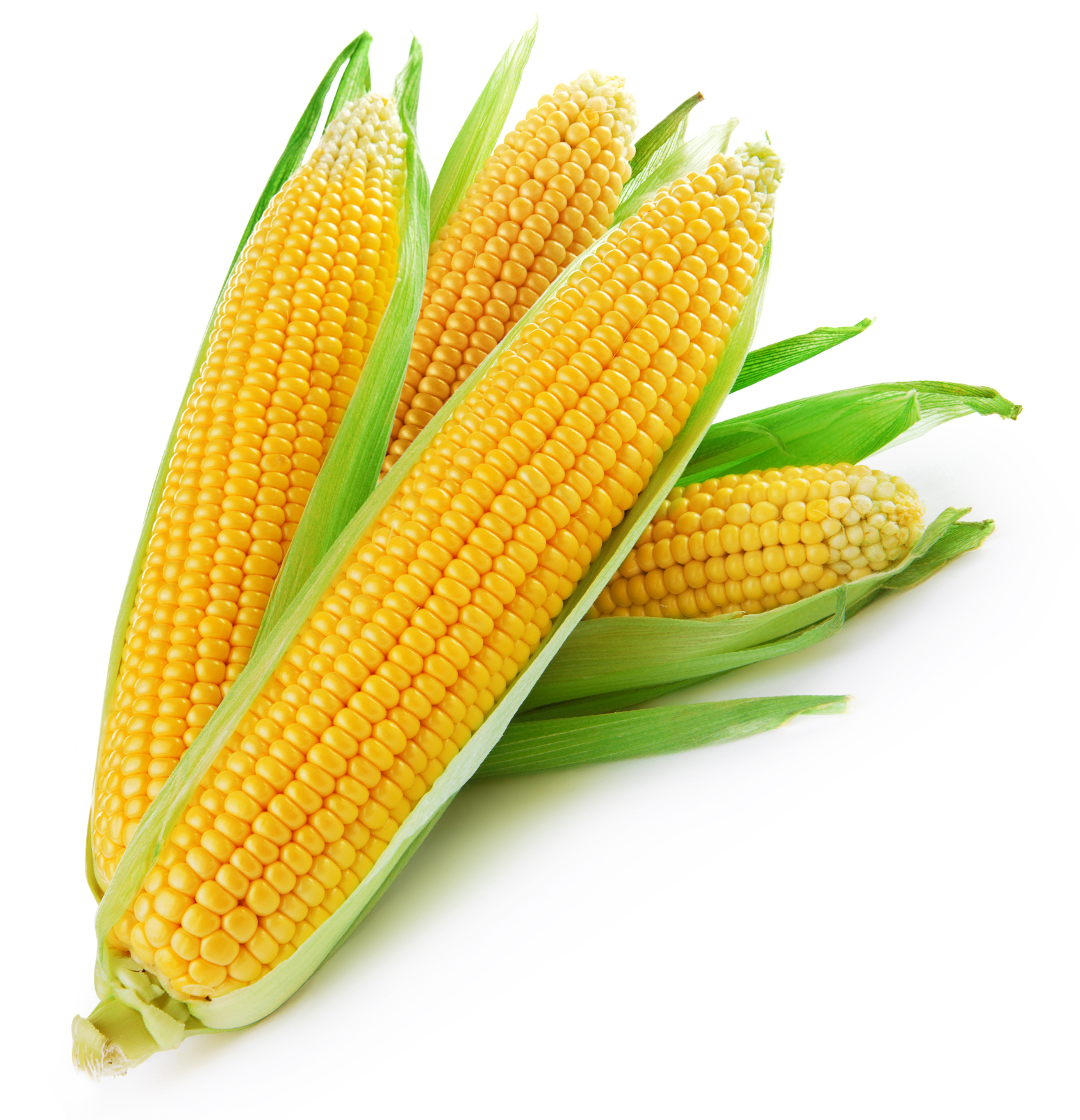

In addition to these plants, there are a number of other herbs and flowers that can be beneficial for green beans. Some of these include:
- Dill: Dill helps to repel pests, such as aphids and spider mites. It also attracts beneficial insects, such as ladybugs and lacewings.

- Fennel: Fennel helps to repel pests, such as carrot flies and cabbage worms. It also helps to improve the flavor of the green beans.

- Marigolds: Marigolds help to repel pests, such as nematodes and whiteflies. They also attract beneficial insects, such as ladybugs and lacewings.
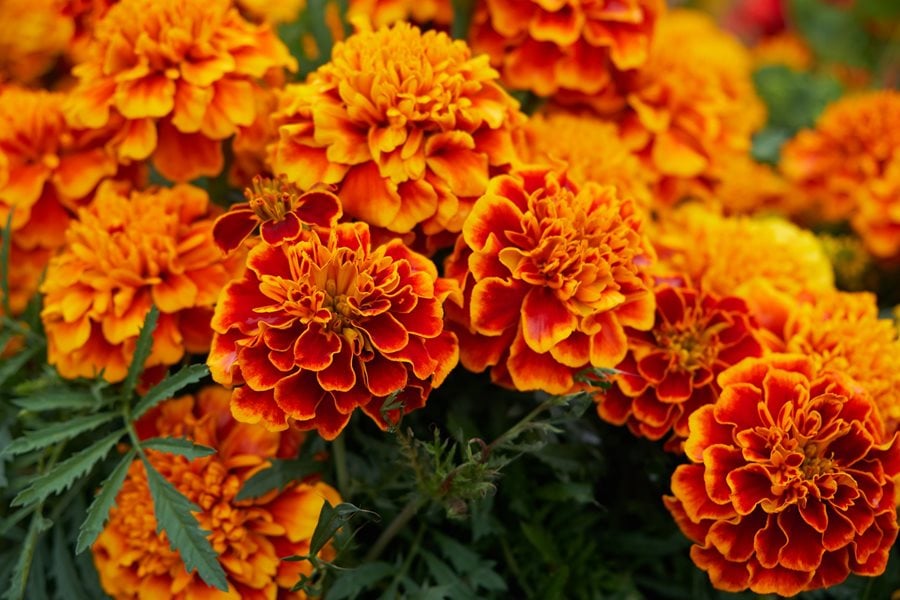
- Nasturtiums: Nasturtiums help to repel pests, such as aphids and spider mites. They also attract beneficial insects, such as ladybugs and lacewings.
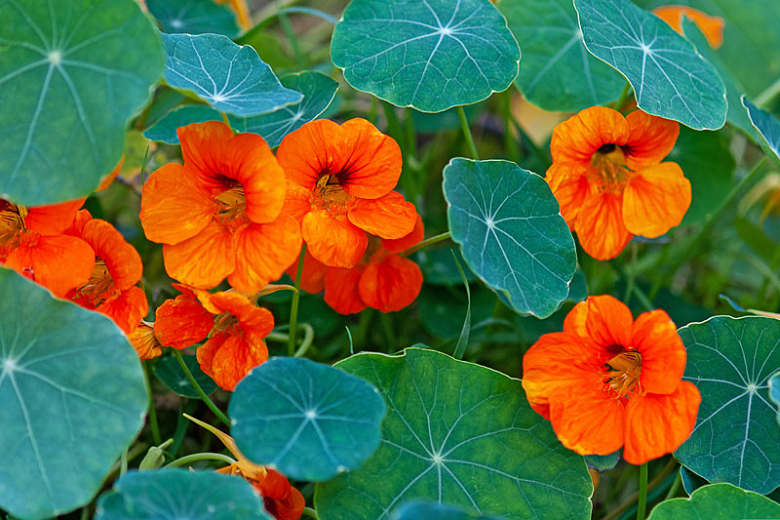
When companion planting with green beans, it is important to consider the spacing requirements of the different plants. For example, corn needs more space than green beans, so it is important to plant them in separate rows.
It is also important to consider the light requirements of the different plants. For example, cucumbers and squash need full sun, while basil and dill can tolerate some shade.
By following these tips, you can improve the growth and yield of your green beans by companion planting.
Green beans are a delicious and versatile vegetable that can be enjoyed in many different ways. But did you know that companion planting can help you to grow healthier and more productive green beans?
Companion planting is the practice of planting certain types of plants together to benefit each other. For example, some plants can help to attract beneficial insects, while others can help to repel pests.
There are many different plants that can be companion planted with green beans. Some of the best include:
- Corn: Corn provides shade for bush beans, which can help to prevent them from getting too hot.
- Cucumbers: Cucumbers and green beans both like warm, moist soil, so they make good companions.
- Marigolds: Marigolds help to repel pests such as aphids and Mexican bean beetles.
- Nasturtiums: Nasturtiums also help to repel pests, and they can also be eaten as a salad green.
- Potatoes: Potatoes and green beans help to repel each other's pests, so they make a great combination.
If you're interested in learning more about companion planting with green beans, I recommend visiting Gardenia Inspiration. This website has a wealth of information on the topic, including a list of the best companion plants for green beans, as well as tips on how to plant and care for them.
FAQ of companion planting with green beans
Question 1: What are some good companion plants for green beans?
Answer: Green beans are a versatile crop that can be planted with a variety of other plants. Some good companion plants for green beans include:
- Corn: Corn provides support for pole beans, and the two plants benefit from each other's nitrogen-fixing abilities.
- Carrots: Carrots help to repel pests from green beans, and they also benefit from the nitrogen that the beans fix in the soil.
- Lettuce: Lettuce provides shade for green beans in hot weather, and the two plants do not compete for nutrients.
- Peas: Peas are also legumes, so they fix nitrogen in the soil and benefit from the same pests that green beans do.
- Marigolds: Marigolds help to repel pests from green beans, and they also add color and beauty to the garden.
Question 2: What are some plants that should not be planted near green beans?
Answer: There are a few plants that should not be planted near green beans, including:
- Onions: Onions can inhibit the growth of green beans.
- Beetroot: Beetroot can attract aphids, which can also damage green beans.
- Potatoes: Potatoes can attract the same pests as green beans, so it is best to avoid planting them together.
- Cabbage: Cabbage can attract the same pests as green beans, so it is best to avoid planting them together.
Question 3: What are the benefits of companion planting with green beans?
Answer: There are many benefits to companion planting with green beans, including:
- Attracting beneficial insects: Some companion plants, such as marigolds, attract beneficial insects that help to control pests.
- Reducing the risk of pests and diseases: Companion plants can help to repel pests and diseases, which can help to keep your green beans healthy.
- Improving soil fertility: Some companion plants, such as legumes, fix nitrogen in the soil, which can help to improve the fertility of your garden.
- Creating a more visually appealing garden: Companion planting can help to create a more visually appealing garden by adding color and interest.
Question 4: When should I start companion planting with green beans?
Answer: You can start companion planting with green beans as soon as you plant your beans. However, it is best to do your research and choose companion plants that will benefit your specific climate and growing conditions.
Question 5: How far apart should I plant green beans and their companion plants?
Answer: The spacing requirements for green beans and their companion plants will vary depending on the specific plants involved. However, as a general rule of thumb, you should space your plants about 12-18 inches apart.
Image of companion planting with green beans
- Image 1: This image shows a row of green beans planted next to a row of carrots. Carrots help to repel pests that can damage green beans, such as aphids and whiteflies.
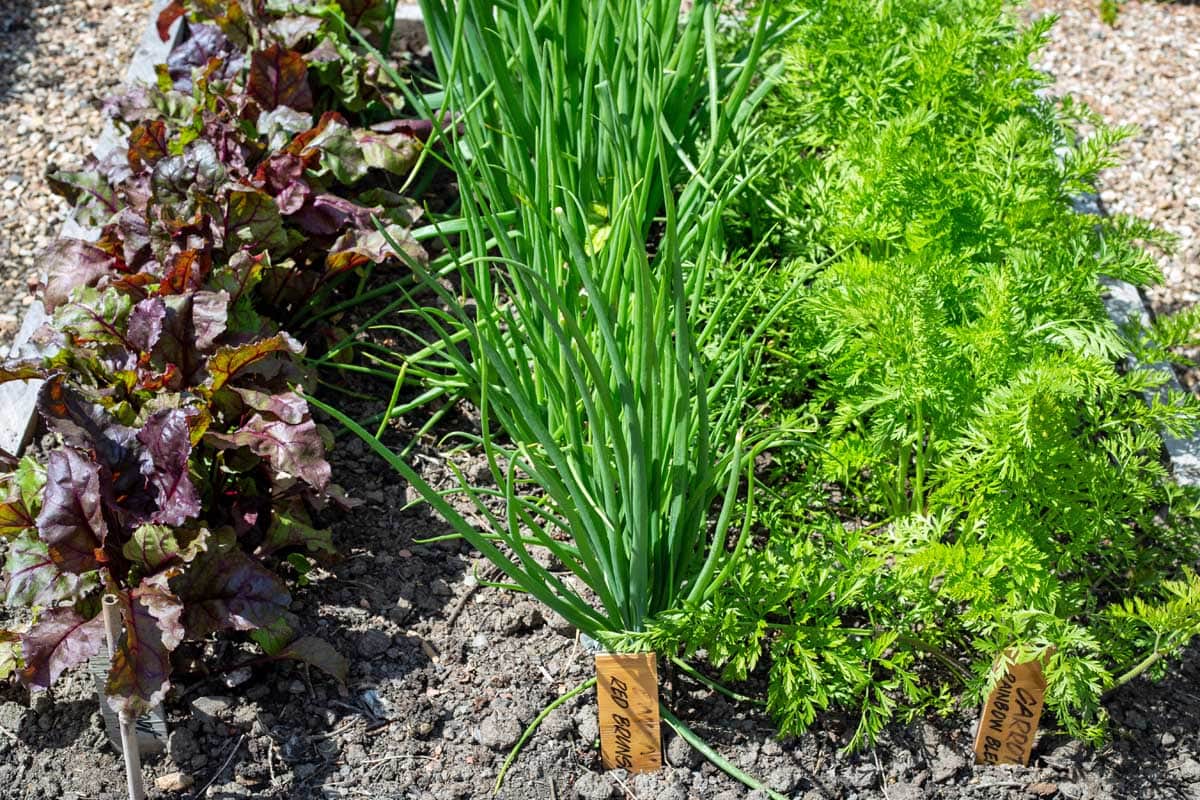
- Image 2: This image shows a bed of green beans planted with nasturtiums. Nasturtiums attract beneficial insects that help to control pests, such as ladybugs and lacewings.

- Image 3: This image shows a tomato plant and a green bean plant growing together. Tomatoes help to deter the nematodes that can damage the roots of green beans.
- Image 4: This image shows a bed of green beans planted with marigolds. Marigolds help to repel nematodes, aphids, and other pests.
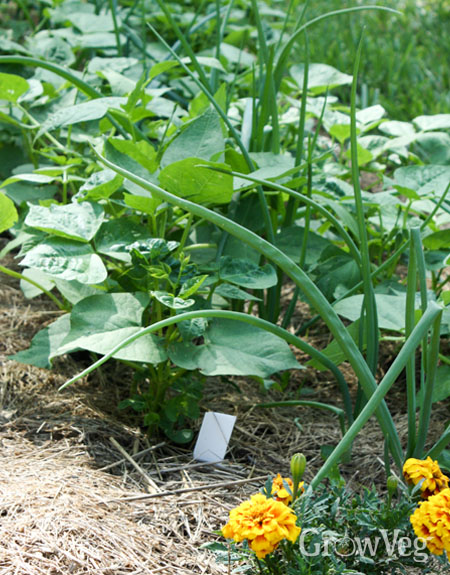
- Image 5: This image shows a bed of green beans planted with chives. Chives help to repel pests and can also improve the flavor of green beans.

Post a Comment for "The Ultimate Guide To Companion Planting With Green Beans"